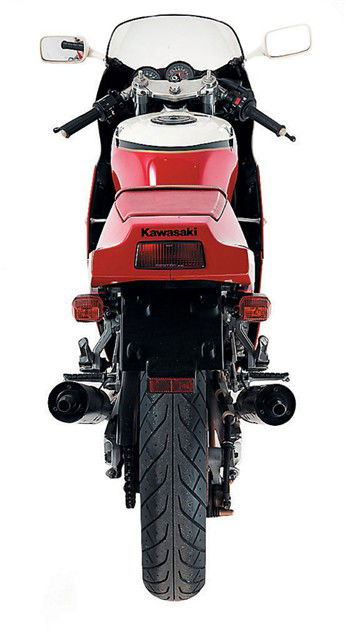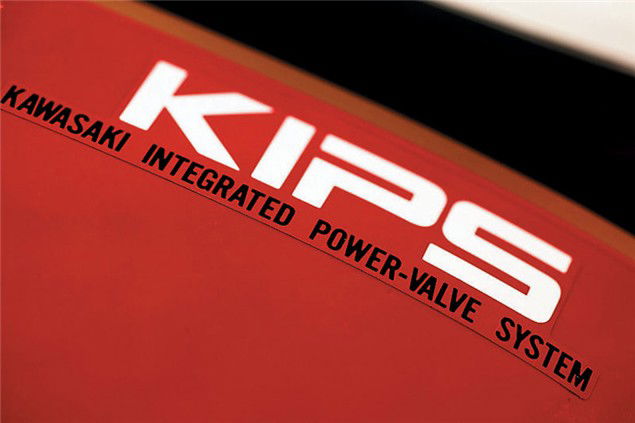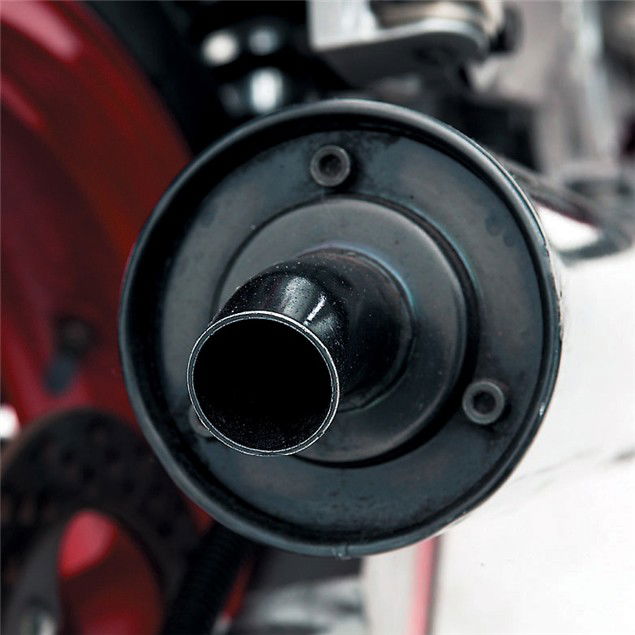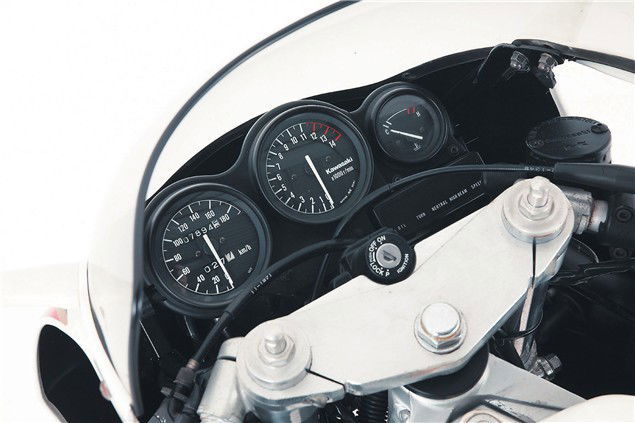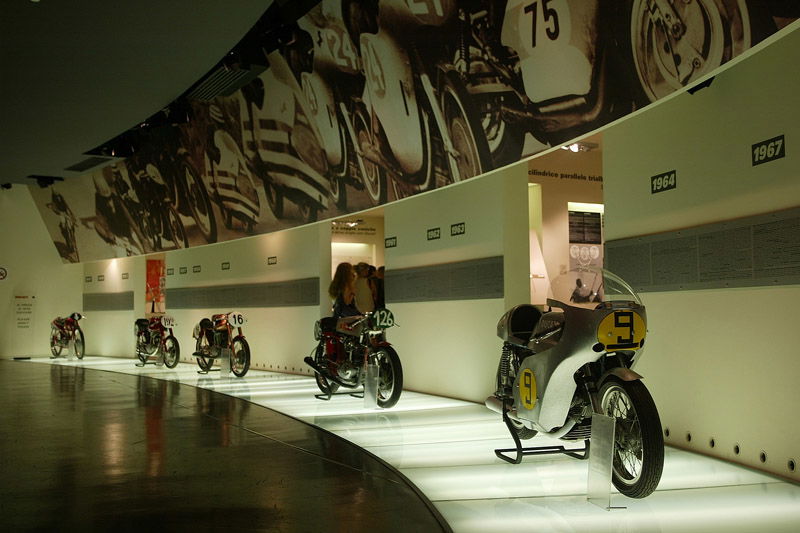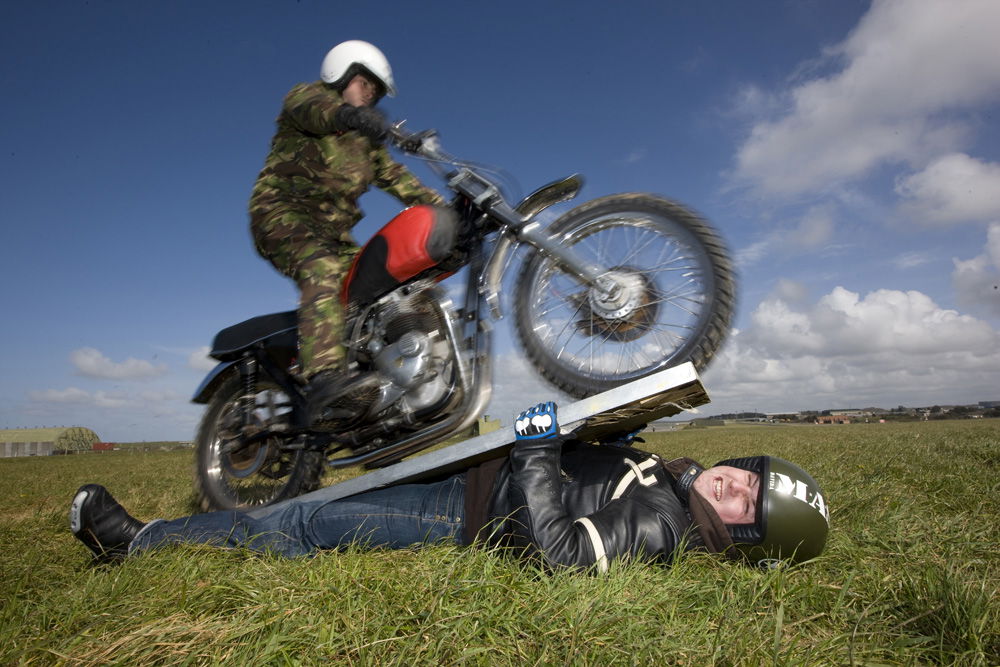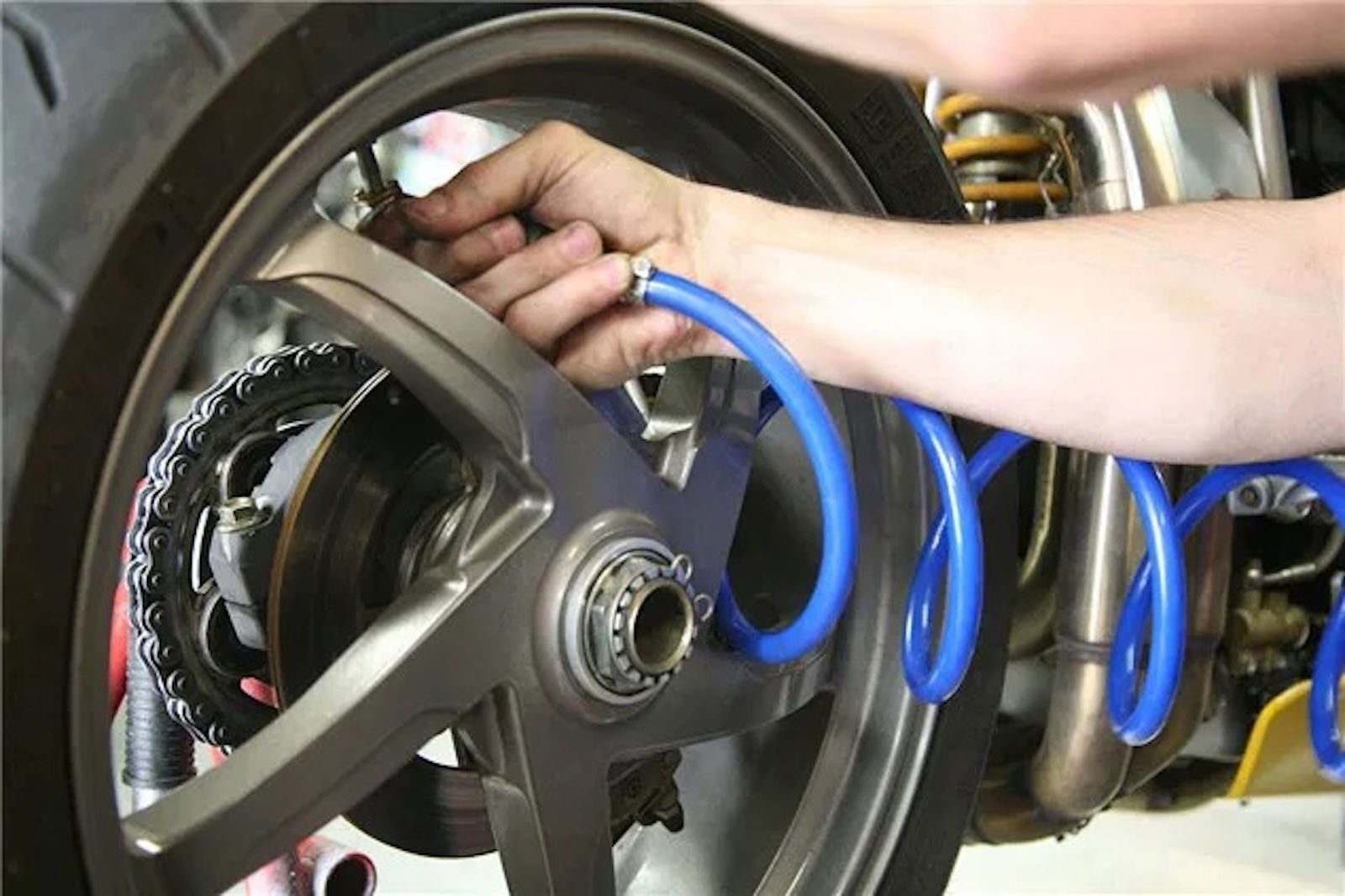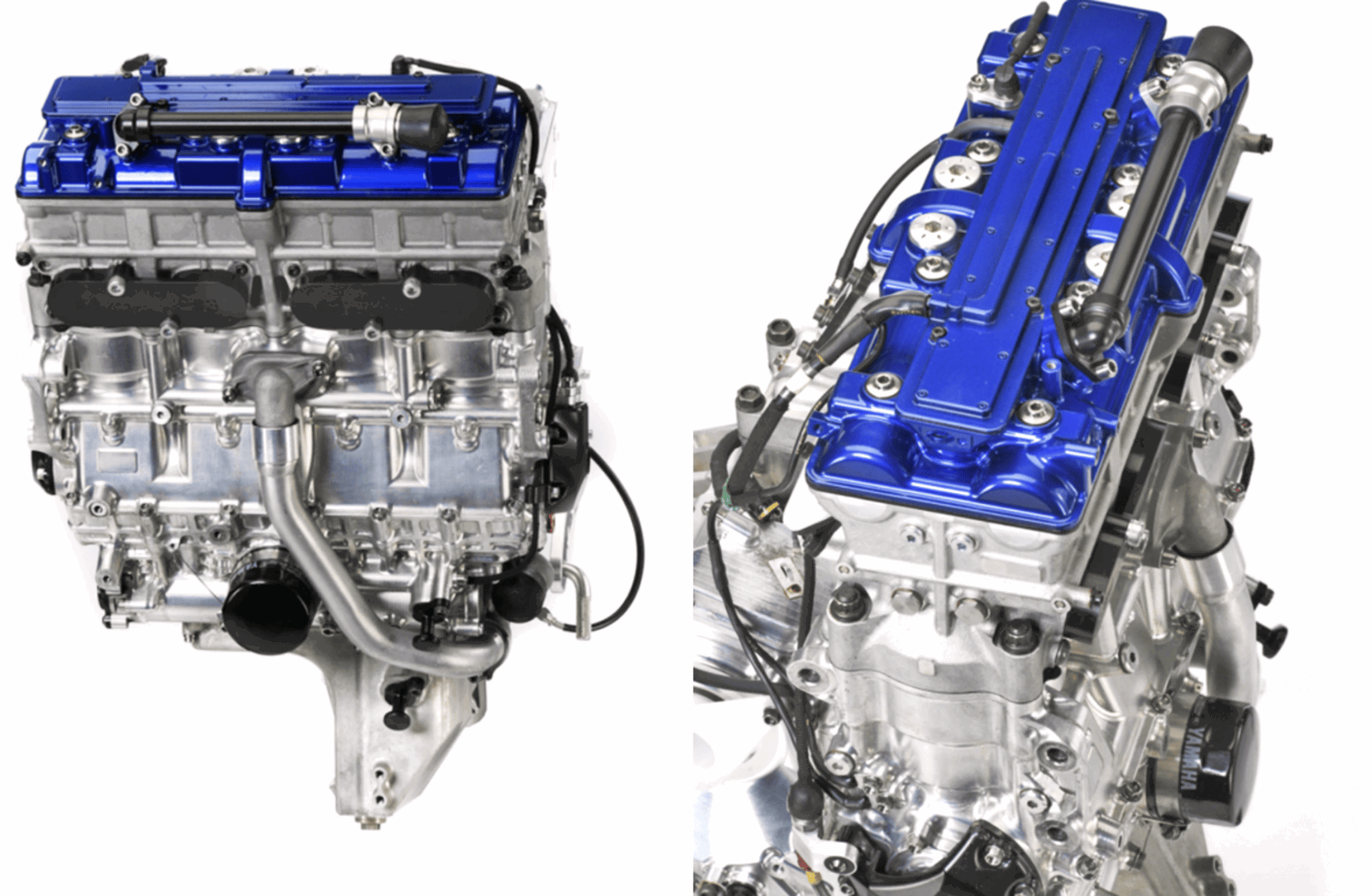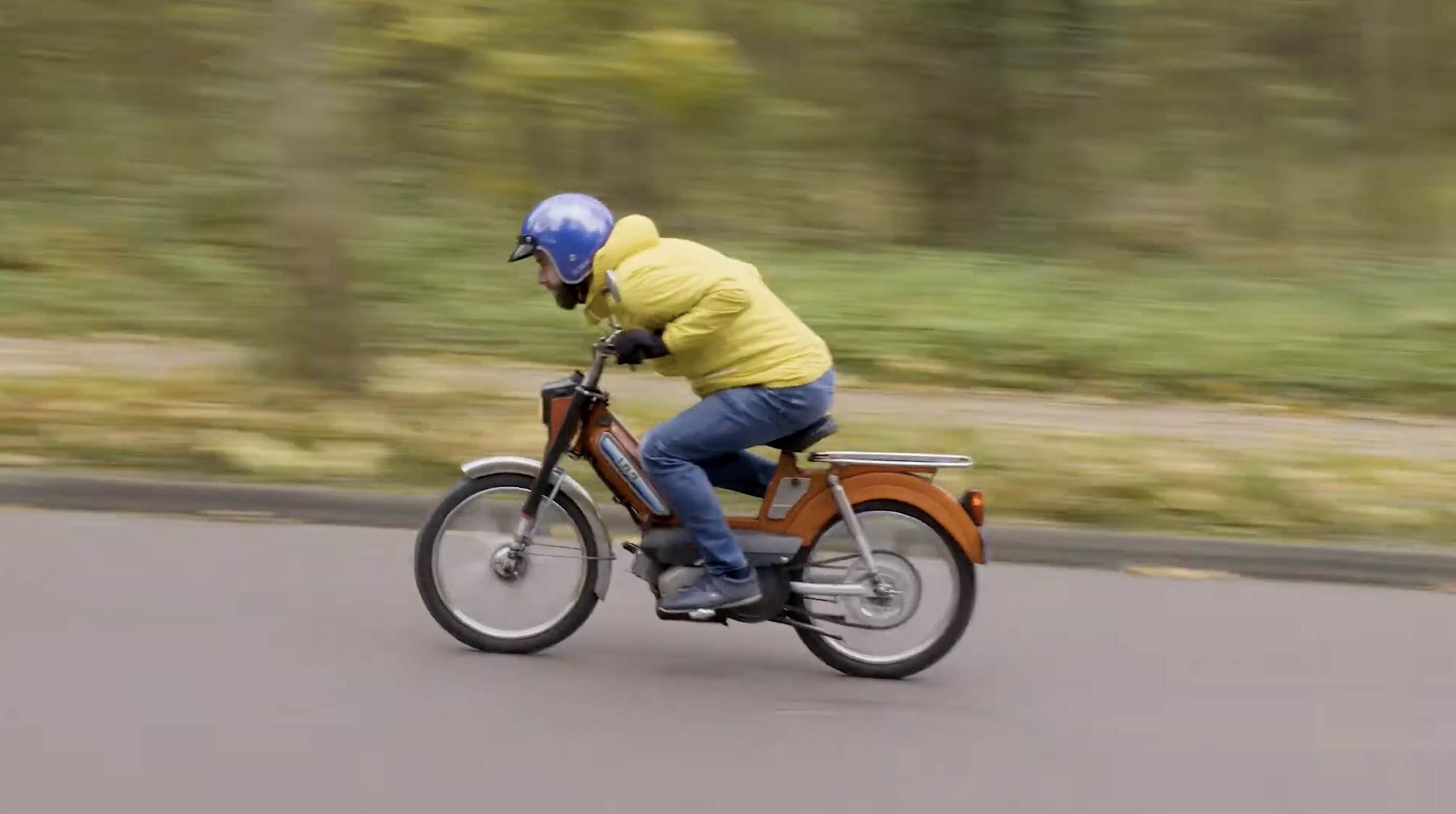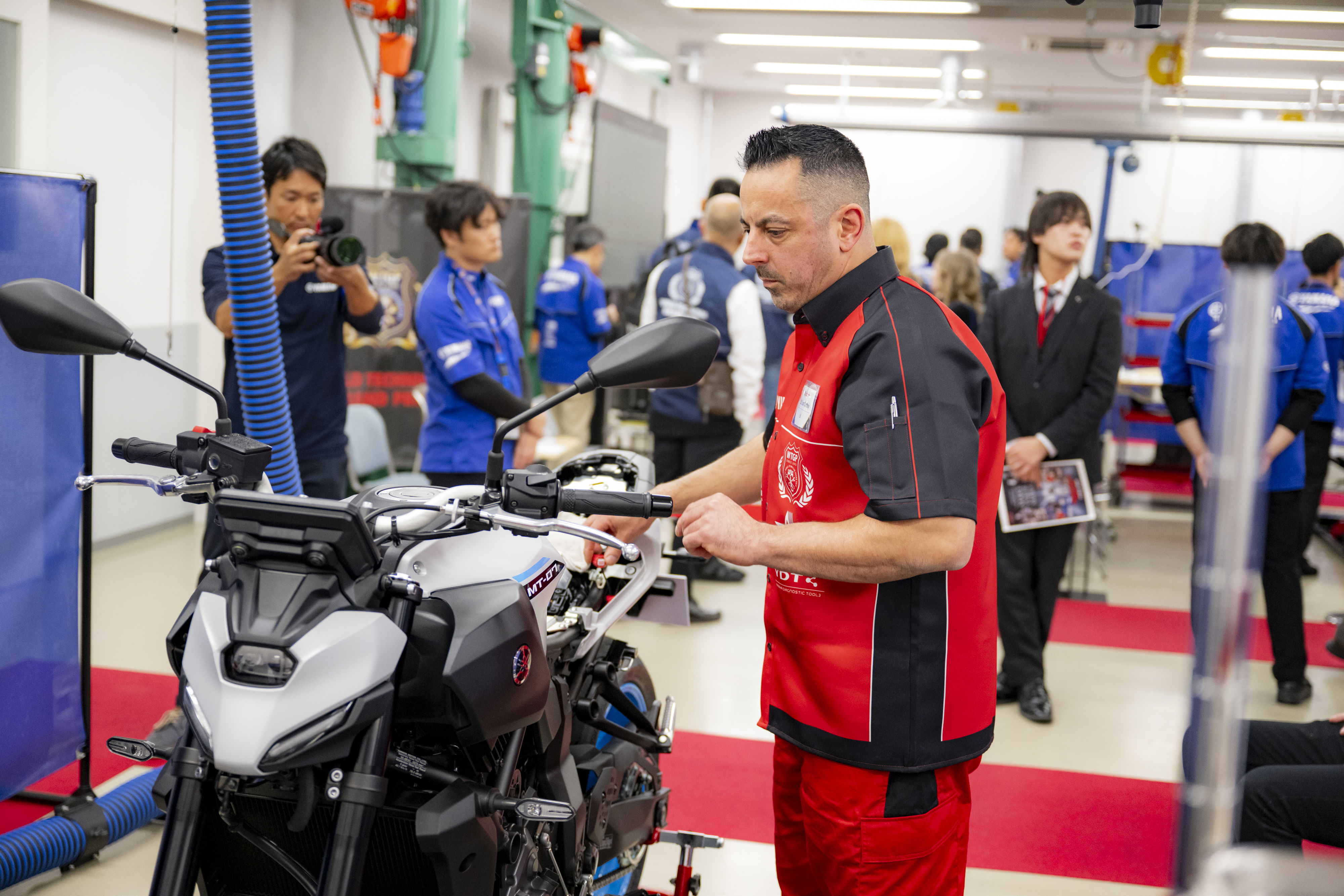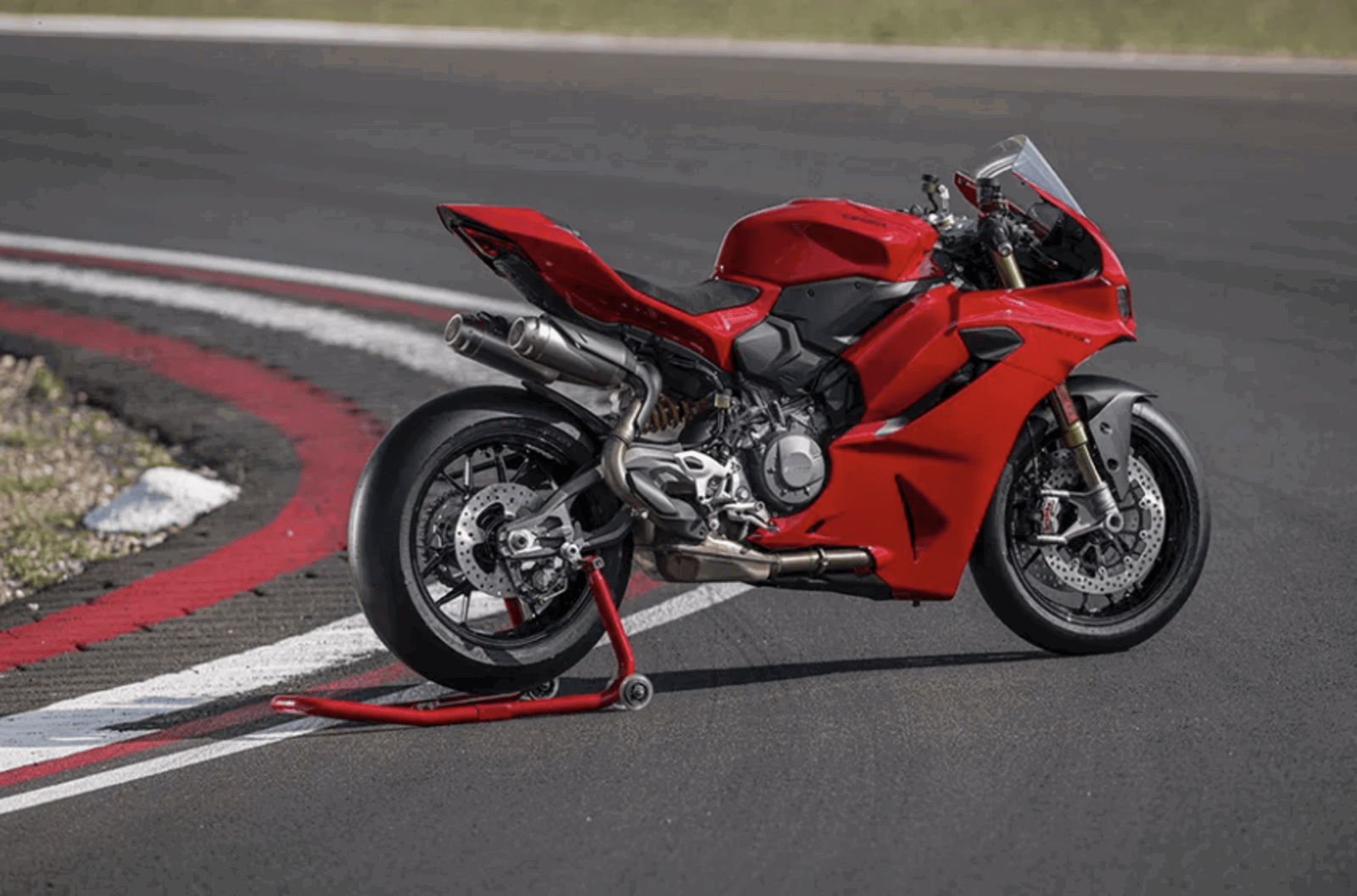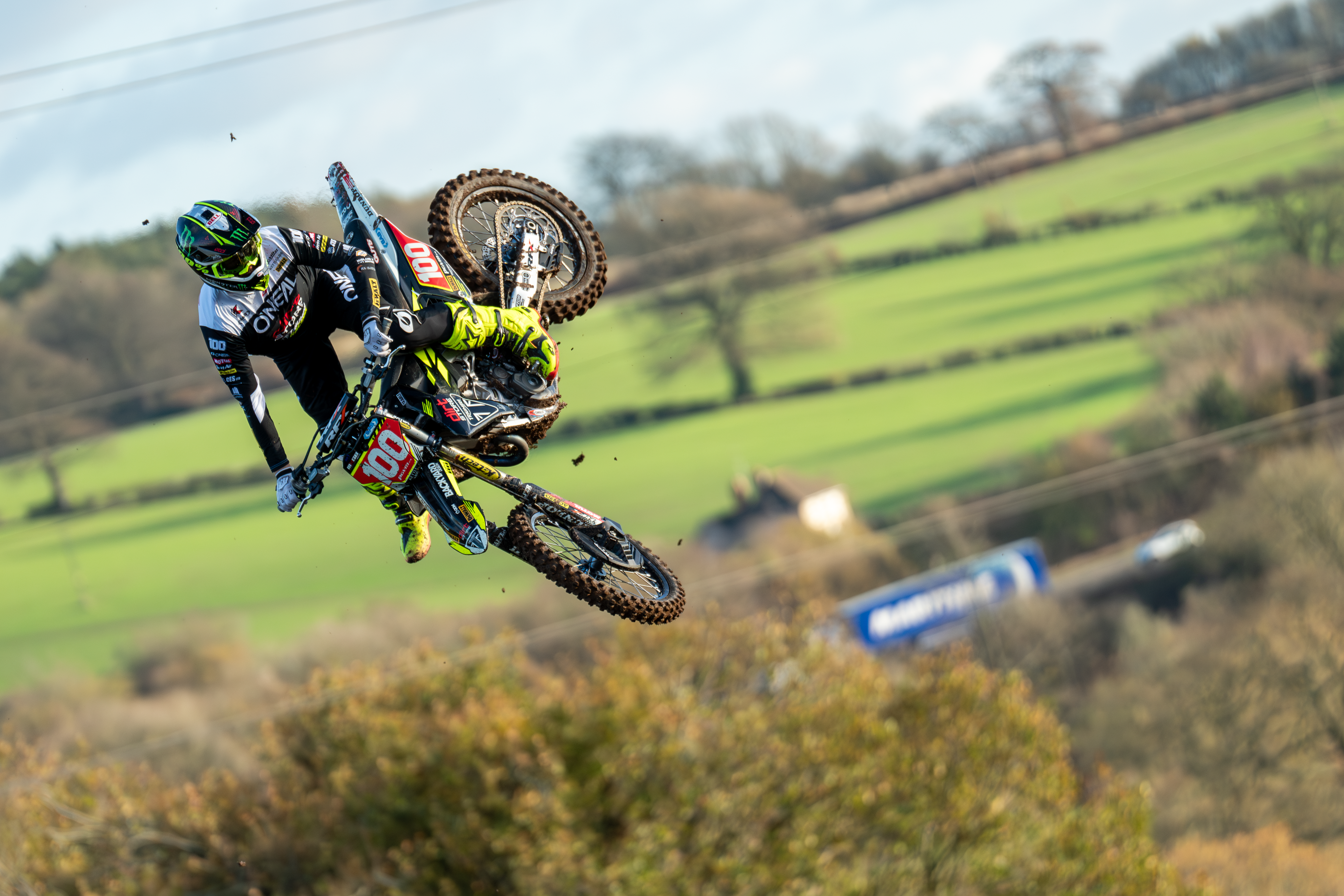Bike Icon: Kawasaki KR-1
Looking like it had been waved out of pitlane and on to the road, the KR-1 arrived in a puff of blue smoke back in 1988

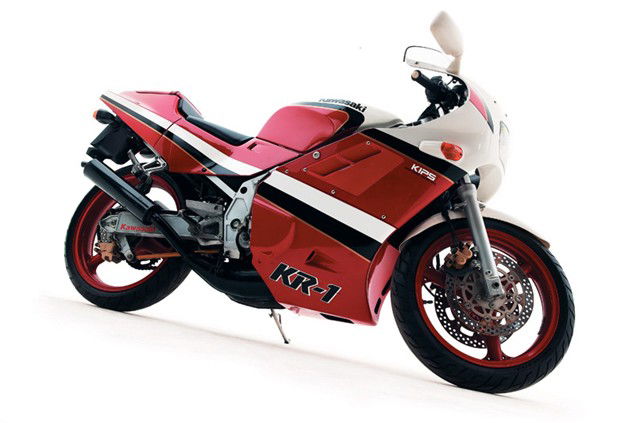
For a few unforgettable years, Kawasaki dominated the 250cc two-stroke and 400cc four-stroke classes in Britain with one small stinkwheel - the mad, bad KR-1 250.
The origins of this great motorcycle can be traced back to the late 1970s, when Kawasaki's tandem twin (one cylinder directly behind the other rather than across the frame) KR250 and 350 racers were winning GPs between 1978 and 1982.
As the '80s moved on, Kawasaki's success in GPs dried up. But they still celebrated past stroker glories by unleashing their tandem twin KR250 road bike, which only two years later came fitted with powervalves and the letter 'S' after its KR250 designation. Sadly, neither of these models saw our shores as an official import. But the later KR-1 did.
By the late '80s, Japan was going crazy over high-performance 250cc two-strokes and the Yamaha TZR, Honda NSR and Suzuki RGV were born. In 1988, Kawasaki joined in with the fun by replacing the KR250S with the pesky KR-1.
The KR-1 had a parallel twin, liquid-cooled engine with case reed induction and Kawasaki's KIPS (Kawasaki Integrated Powervalve System). It punted out a healthy 52.5bhp, weighed in at a measly 123kg and reached an astonishing 131mph (the KR only managed 112mph). The KR-1 had awesome acceleration and the fastest top speed of any of the 250cc two-strokes in production at that time. It was the closest thing to a race bike that Kawasaki had ever built for the road. It boasted a huge, lightweight aluminium frame that wouldn't look out of place on a 500cc bike, state of the art brakes with semi floating discs (think today's radial brakes and that's how trick they were), adjustable suspension, low-profile tyres and a cassette gearbox to whip out should you need to tweak the gear ratios for the race down the chippy.
The first KR-1s came with B1 stamped on the engine casings and frame number KR250B-000001. Although never officially imported, several grey imports found their way to Blighty. Later that year, Kawasaki brought out the KR-1 250 B2, frame number B0004001 - which became the first UK official import and retailed at £2999 new. The differences between the two models were minimal: the B2 got a new frame to increase rigidity at the steering head and swingarm pivot, modified box-sectioned aluminium beams and front cross beam, stronger seat rails and swingarm, plus bosses for steering damper and centre stand. No engine mods were detailed, but many owners swore the B2 was faster than the B1!
By 1989, the cult of the KR-1 had a massive following, driven by proddy racing successes. At the final round of the British Supersport 400 Championship in Brands Hatch, KR-1's filled seven of the top ten positions with KR-1 riders Ian McConnachie winning the championship and John Reynolds finishing a close second.
But Kawasaki didn't sit on its laurels. By the end of 1989, the KR-1 was ditched in favour of the new and improved KR-1S C1, affectionately known by enthusiasts as Kris. This new kid on the block boasted even better brakes (four-piston and bigger 300mm discs), with a re-worked engine that included revised porting, new pistons and barrels, bigger powervalves and a new two-piece exhaust system with aluminium silencers, instead of steel. Power output was up 5bhp with a top speed of 139mph. It also got new five-spoke wheels with fatter tyres (110/70 R17 front, 140/60 R18 rear), and 10mm shorter front forks to further improve handling. In 1990, John Yates clinched the national Supersport 400 title on board his KR-1S. It was the tool.
A method of distinguishing the KR-1 from the KR-1S is by checking out the spannies: the former came with black pipes while the latter's are silver. The KR-1 will gain a few bhp if you fit the KR-1S exhaust - most parts for the KR-1S bolt straight on to the KR-1 - although you will need a bracket for this one. And while we're talking modifications, the 18-inch rear wheel of the KR-1 and KR-1S offers limited tyre choice today, so a popular mod of the modern-day enthusiast is to fit the RGV's 17-inch rear wheel. The KR-1 was more reliable than the KR-1S, although the KR-1's pistons were pretty weak so replacing them with Yamaha TZ pistons became a common mod. The KR-1S got different barrels that were often of different lengths and assembled off-skew, so they needed re-machining and realigning to prevent the powervalves from seizing and causing all kinds of internal damage. But the reputation didn't put riders off: the KR-1S was fast and steered quickly, and it was all that mattered.
So between 1988 and 1990, Kawasaki ruled the two-stroke kingdom. But it didn't last. In 1990, Suzuki's RGV got a two-stage powervalve that vastly improved its power output and delivery, while in 1991 sweeping changes gave the RGV250 M sexy GP styling, including a banana swingarm and upside-down forks.
Suddenly, the KR-1S was no longer top dog. Despite costing slightly less than its Suzuki counterpart, the KR-1S couldn't match the production success enjoyed by the RGV. On top of this, the 400cc 'diesels' (a term coined by two-stroke lovers that refers to four-strokes) were rapidly gaining ground over the 250cc strokers. So, following three KR-1S model upgrades (C2 in 1990, C3 in 1991 and C4 in 1992), Kawasaki waved goodbye to its two-stroke projects for good to focus on its stable of thumpers (also jargon for four-strokes). The KR was discontinued end of 1992.
But the legend that is the KR-1 didn't disappear in a puff of Castrol smoke.
